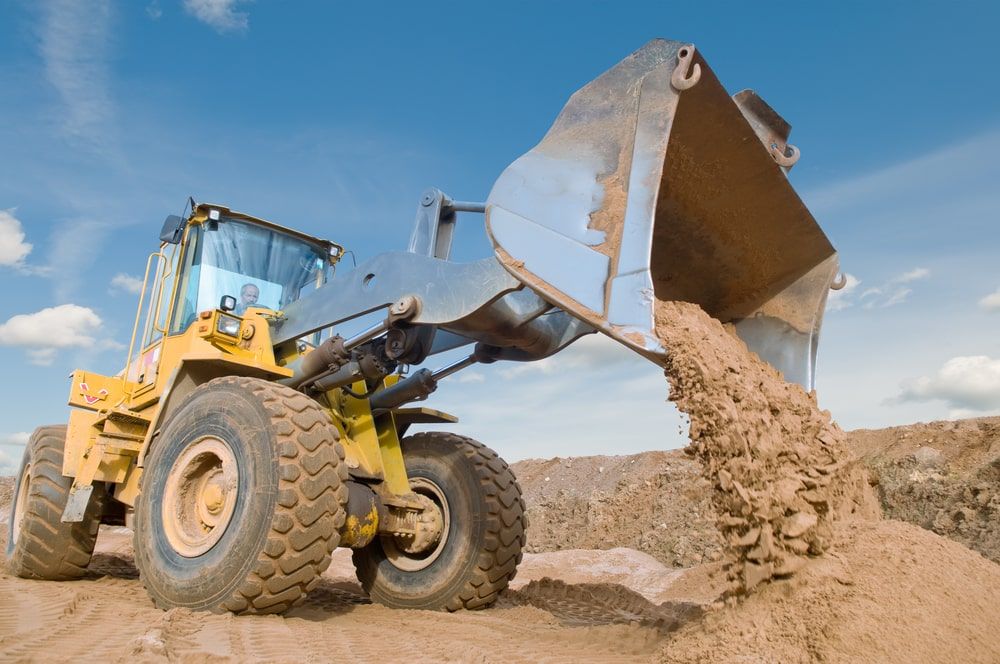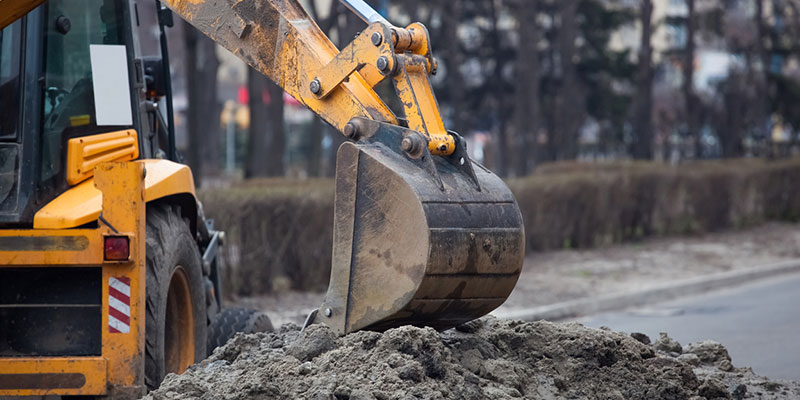Introducing the Art of Excavation: Pro Tips for Safe and Effective Excavating
In the world of excavation, the proficiency of risk-free and effective excavating is an art kind that requires adherence, expertise, and precision to recognized practices. As dirt is transformed and earth is relocated, the ins and outs of excavation expose themselves, demanding an eager understanding of devices, soil structure, safety methods, and environmental considerations. The know-how needed to browse these aspects successfully can suggest the difference in between a successful excavation task and a possible disaster. By untangling the layers of this elaborate process, a globe of insights and approaches awaits those looking for to elevate their excavation abilities to brand-new heights.
Significance of Appropriate Tools
To guarantee the safety and security and performance of any excavation task, utilizing the proper equipment is extremely important. The right tools not only boost performance yet also mitigate risks linked with excavating. Excavation projects vary in range and intricacy, varying from small property landscape design work to large-scale building endeavors. No matter of the project size, having the right devices can make a considerable distinction in the end result.
Excavators are basic pieces of equipment in any type of excavating operation. These versatile machines been available in various dimensions to suit different job requirements. Miniature excavators are ideal for smaller sized jobs, while bigger excavators take on much more substantial tasks successfully. Backhoes are an additional necessary devices type, combining the features of a loader and an excavator in one device. They are valuable for tasks requiring flexibility and maneuverability.
Aside from excavators, various other important tools consists of dump excavators, trenchers, and vehicles. Discard trucks are vital for getting rid of and carrying excavated materials, while trenchers are made use of for digging deep and narrow trenches. Bulldozers master jobs that require pressing big quantities of dirt or particles. By investing in the appropriate devices, excavation projects can be finished safely, promptly, and with precision.
Comprehending Soil Composition
A detailed understanding of soil make-up is essential for performing excavation jobs with accuracy and safety. Comprehending the different types of dirt is important as it straight influences excavation methods, equipment selection, and overall project effectiveness.
Silt bits are smaller sized than sand but bigger than clay, providing moderate water drainage and communication. Organic issue, such as rotting plant product, influences soil fertility and security.
Before starting excavation, performing dirt examinations to identify its composition and attributes is essential. This info assists in picking the appropriate equipment, applying safety and security steps, and developing excavation techniques customized to the specific soil problems - lancaster excavation. By understanding soil structure, excavation professionals can enhance project outcomes while guaranteeing safety and security and adherence to best techniques
Precaution and Methods
Comprehending dirt structure is the cornerstone upon which precaution and protocols for excavation jobs are constructed, ensuring the health of employees and the success of the venture. There are numerous vital measures that need to be executed to mitigate dangers and protect against crashes. when it comes to safety throughout excavation.
First and leading, before any kind of digging begins, a complete examination of the site ought to be carried out to identify any possible hazards such as underground utilities, unpredictable soil problems, or neighboring frameworks that might pose a threat. It is important to have a competent person supervise the excavation procedure to make certain that all security protocols are followed strictly.
Moreover, all employees entailed in the excavation has to be properly educated in risk-free excavating practices and the proper operation of equipment. By adhering to these safety and security procedures and protocols, excavation projects can be completed effectively and without case.
Effective Excavation Planning
When getting started on an excavation job, precise planning is crucial to guarantee performance, safety and security, and effective end results. Efficient excavation planning includes numerous key steps that are important for the smooth execution of the project.
As soon as the site like this analysis is total, the following action is to produce a clear timeline and routine for the excavation tasks. This includes determining the series of jobs, equipment requirements, and workforce allocation. Correct organizing aids stay clear of delays and guarantees that the project remains on track.

In addition, interaction amongst all team members is paramount throughout the preparation phase. Clear instructions, routine updates, and effective sychronisation are important for a successful excavation job. By investing time and effort in meticulous planning, excavation teams can considerably boost efficiency, reduce dangers, and attain effective results.

Handling Ecological Factors To Consider
With raising emphasis on environmental sustainability in construction practices, handling environmental factors to consider has ended up being an important facet of excavation tasks. Excavation activities have the prospective to impact the surrounding setting through dirt erosion, sediment runoff, environment interruption, and contamination of water resources. To alleviate these risks, it is necessary to execute ideal practices that focus on environmental management.

Furthermore, correct waste monitoring is crucial to stop dirt and water contamination. Executing procedures for the disposal of hazardous materials, recycling of waste products, and reducing making use of harmful chemicals can significantly decrease the environmental effect of excavation tasks. By integrating these methods into excavation planning and implementation, construction firms can guarantee that their projects are not only secure and productive however likewise environmentally liable.
Conclusion
To conclude, understanding the art of excavation requires a thorough understanding of appropriate tools, dirt composition, safety procedures, and reliable preparation. blog By complying with these standards and thinking about environmental elements, excavations can be performed securely and efficiently. It is vital to focus on safety and security and performance in every digging project to make certain effective results.
As dirt is turned and planet is relocated, the details of excavation reveal themselves, requiring a keen understanding of equipment, dirt composition, safety and security protocols, and environmental considerations.To guarantee the safety and security and effectiveness of any kind of excavation job, utilizing the proper equipment is extremely important.A thorough grasp of dirt composition is fundamental for implementing excavation tasks with precision and safety and security. Comprehending the various kinds of dirt is essential as it directly influences excavation techniques, tools option, and overall job efficiency. By comprehending dirt structure, excavation experts can boost task outcomes while making certain safety and security and adherence to finest practices.